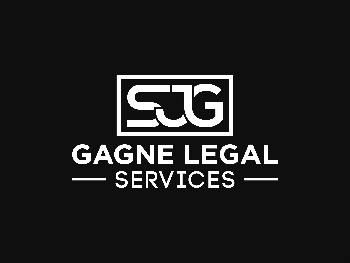[ad_1]
Earlier this week I was reading an article on photography. I thought this article would be of interest to another colleague, I printed it off and took it over to show him, leaving it with him, while he read through it. Minutes later he came back to me and said “That’s very good read, you didn’t have to print it though”
Now, I am a lot older than he is, twice his age in fact! And this got me thinking, is it just older people that prefer reading from printed copy?
So, I did some research, and lo’ and behold, content solutions provider Omnipress had the same idea! They asked people between the ages of 22 and 33 about their preferences regarding reading and remembering information. They focussed on educational and professional information and found that the idea that print is at risk of dying out with older generations is unsubstantiated.
Their whitepaper, ‘ Millennials & Print ‘ showed results from the survey which found that 50 percent of respondents find it easier to learn from printed materials and 58 percent believed that print materials are better for reference. Only 18 percent said they preferred digital content as their preference.
Most young people want all of their educational content online, research shows that ‘millennials; read printed books, sometimes more than other age groups, which I find quite surprising as they have never known a world without the internet, those who think that they only want to read online may find this equally surprising.
The survey also showed that 68 percent of all responses said they would never stop reading printed educational materials, and 86 percent agreed there is still a place for printed materials even though the world is more connected than ever.
It’s no longer a debate about print or digital, but instead, how to incorporate the right combination of platforms to facilitate learning objectives.
Printed advertising has a longer lifespan; digital advertising is gone from the reader’s mind within seconds with the click of a button. It also has a ‘Personal’ feel If a potential customer or client is holding a piece of printed marketing material it adds a colourful personal nature aimed directly at the individual and gives it a longer ‘shelf life’ than digital advertisements. Printed marketing is high-impact and high ROI (Return on Investment) and it stands out in an increasingly cluttered online world impervious to spam filters.
Printed materials are a more tactile way of remembering information, giving a connected response with the sense of touch, making it a more memorable communication. Don’t make the mistake of thinking digital reading is the only way to gain knowledge and information. Each day we receive a staggering amount of digital information and in no time at all, the message is replaced by the next article, tweet or status update. Printed media has a longevity that will last for as long as it is needed.
[ad_2]
Source by Ian Wilson
